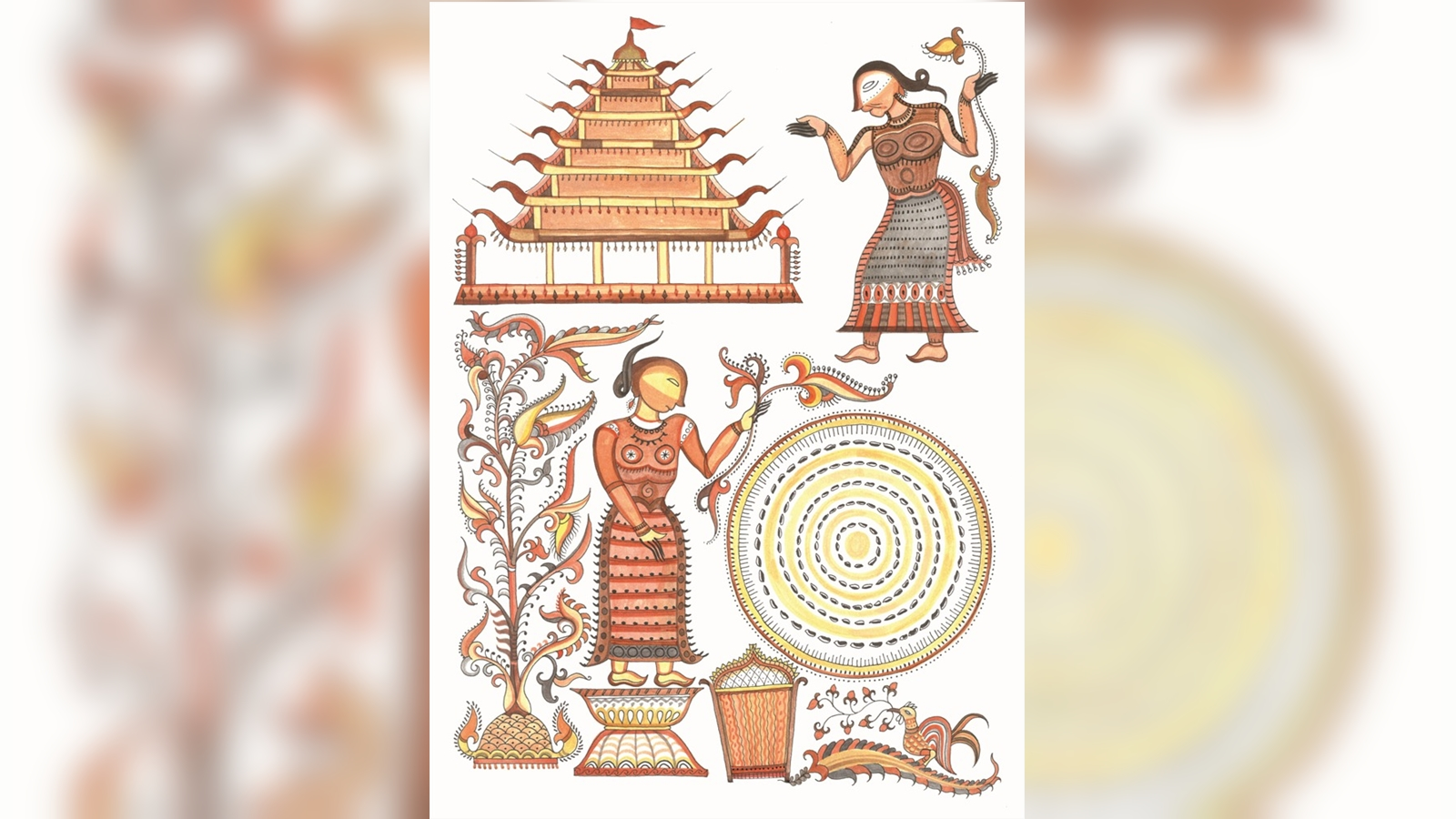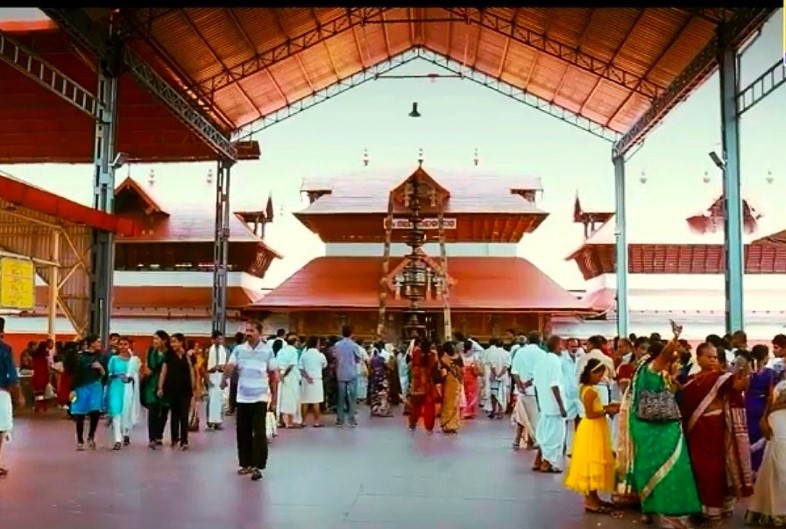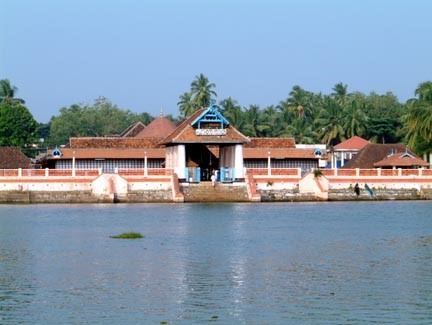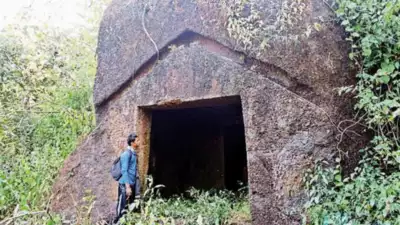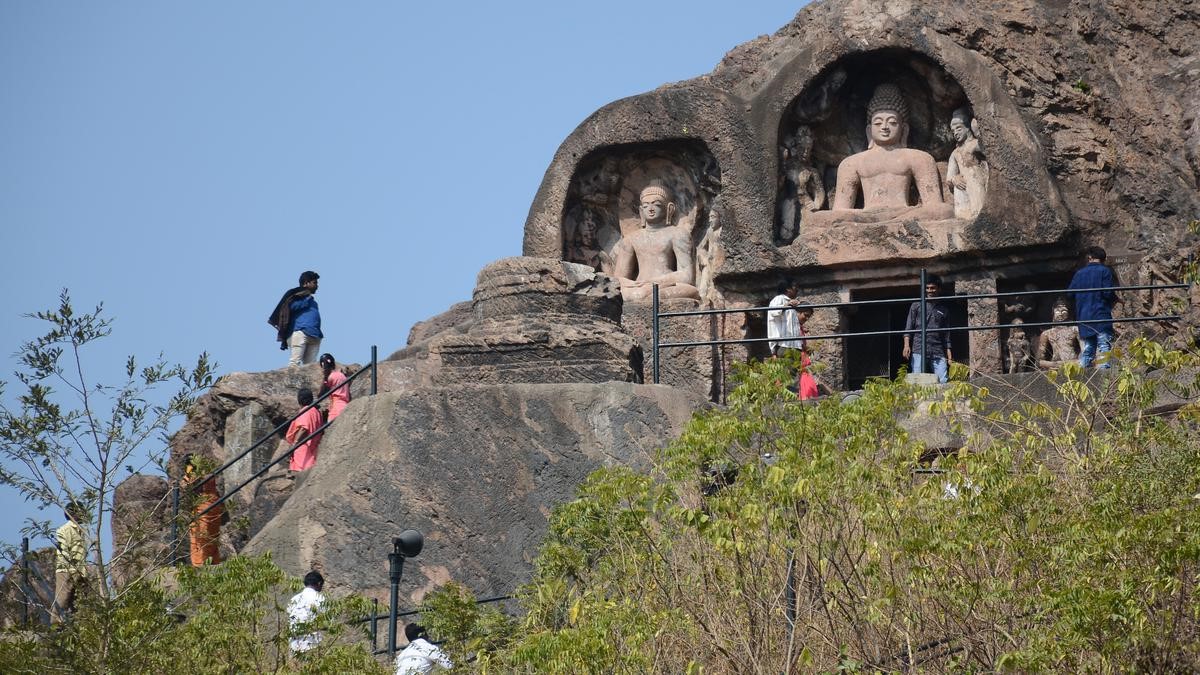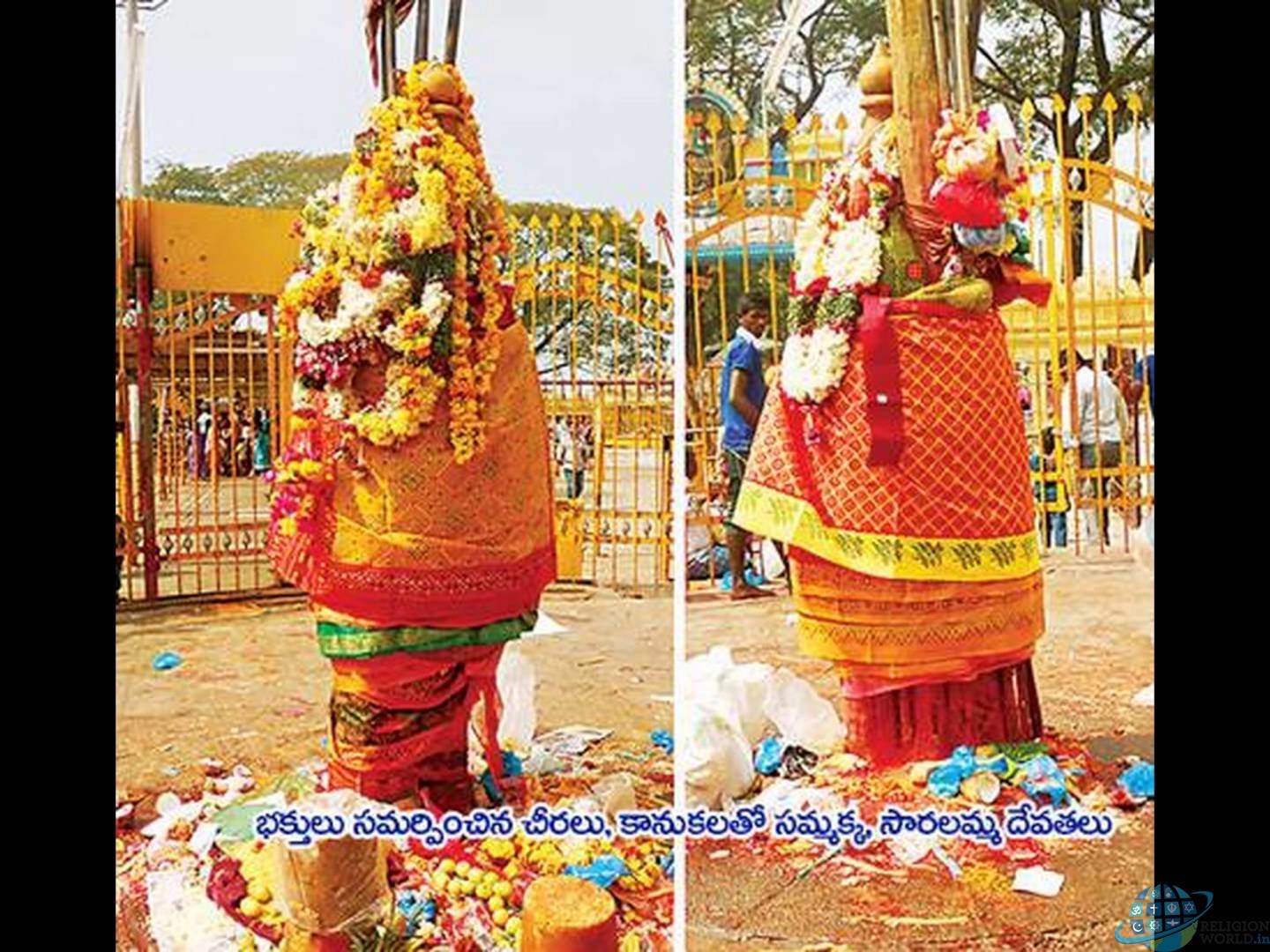Description
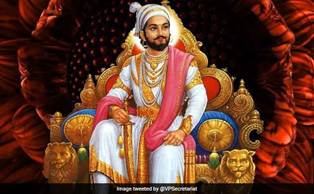
Copyright infringement is not intended
Context: Maharashtra Tourism Minister Mangal Prabhat Lodha triggered a controversy by equating Chhatrapati Shivaji Maharaj’s legendary Agra escape to Chief Minister Eknath Shinde’s defection from the Uddhav Thackeray-led camp in Maharashtra. His comments drew sharp criticism from political parties and other organisations that venerate Shivaji as a Maratha icon, with no parallel in the past or present.
Details:
About Shivaji Maharaj:
- Shivaji Bhonsale I, also referred to as Chhatrapati Shivaji, was an Indian ruler and a member of the Bhonsle Maratha clan.
- Shivaji carved out an enclave from the declining Adilshahi sultanate of Bijapur that formed the genesis of the Maratha Empire.
- In 1674, he was formally crowned the Chhatrapati of his realm at Raigad Fort.
- He established a competent and progressive civil rule with well-structured administrative organisations.
- He revived ancient Hindu political traditions, court conventions and promoted the usage of the Marathi and Sanskrit languages, replacing Persian in court and administration.
- The Council of Eight Ministers, or Ashta Pradhan Mandal, was an administrative and advisory council set up by Shivaji.
Ashta Pradhan Mandal:
Minister Duty
- Peshwa or Prime Minister General Administration
- Amatya or Finance Minister Maintaining Public accounts
- Mantri or Chronicler Maintaining Court records
- Summant or Dabir or Foreign Secretary All matters related to relationships with other states
- Sachiv or Shurn Nawis or Home Secretary Managing correspondence of the king
- Panditrao or Ecclesiastical Head Religious matters
- Nyayadhis or Chief Justice Civil and Military justice
- Senapati/Sari Naubat or Commander-in-Chief All matters related to army of the king
Except the Panditrao and Nyayadhis all other ministers held military commands, their civil duties often being performed by deputies. Shivaji is known for his liberal and tolerant religious policies.
.jpg)
Shivaji and the Mughals:
- Shivaji’s meteoric rise posed challenges to the suzerainty of the Mughals.
- His first direct encounter with the Mughals was during Aurangzeb’s Deccan campaigns of the 1650s. As Aurangzeb went North to fight for the Mughal throne, Shivaji was able to seize further territory.
- His tactics against the Mughals were adapted to the specific nature of his force and the flabby Mughal armies. Using swift cavalry attacks, he would raid and pillage Mughal strongholds.
- Famously, in 1664, he attacked the port of Surat (now in Gujarat) and plundered one of the richest and busiest commercial towns of Mughal India while the local governor hid in a nearby fort.
- As the legend of Shivaji and the physical sphere of his influence grew, Aurangzeb sent a 100,000-strong, well-equipped army under Raja Jai Singh I to subdue him in 1665. After putting up a valiant fight, Shivaji was besieged in the Purandar hill fort.
The great escape:
- He was taken to Aurangzeb’s court in Agra in 1666.
- He presented Aurangzeb with various gifts, but he felt slighted at the treatment he received in return, and made his displeasure clear in open court.
- Aurangzeb put him under house arrest in Agra.
- Far away from home and help, Shivaji realised he needed to escape to save himself and his territories. He began to plot a plan to return home and keep up his fight against the Mughals.
- The story of Shivaji’s subsequent escape is now part of common lore. The popularly told story involves an elaborate plan, under which he began daily distribution of alms to brahmans. The alms would be sent from his home in Agra in large, covered baskets.
- After some time, the Mughal guards became lax about checking the contents of the baskets that daily left his house.
- One day, Shivaji slipped into one of the baskets, and put his young son, Sambhaji, in another basket. It was in these covered baskets that Shivaji and his son left Agra, right under the noses of the Mughals.
- From there, he would traverse across Mughal territory, living incognito until he reached the safer lands closer to home. Some versions of this story say that he took the disguise of a wandering ascetic while others say he had a number of different disguises. His exact path is not known, though folktales and songs memorialising Shivaji often mention different towns and places he crossed.
- Aurangzeb was livid and embarrassed. But he chose not to start an immediate conflict with Shivaji again.
- Instead, he offered Shivaji the title of Raja and guaranteed his authority in the Maratha lands as long as he acknowledged the supremacy of the Mughals and maintained truce.
Shivaji’s coronation
- By 1669, Shivaji had regrouped and raised an effective army.
- Using his old guerilla tactics, he would swiftly descend into static Mughal and Bijapuri strongholds, looting and pillaging the shocked Mughals.
- During this time, Aurangzeb was occupied with Pathan revolts in the North-West corner of his Empire. Shivaji deftly regained his lost positions in the Konkan coast.
- In 1674, he crowned himself Chhatrapati, officially creating an independent Maratha kingdom.
.jpg)
https://indianexpress.com/article/explained/shivajis-great-escape-what-happened-in-agra-during-aurangzeb-rule-8300476/








